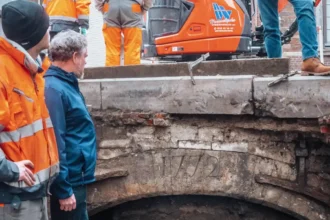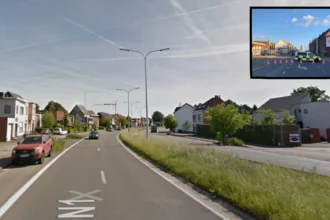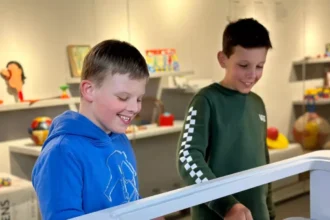Mechelen (The Brussels Morning newspaper): Mechelen marked 80 years of liberation from Nazi rule with ceremonies, unveiling memorials for civilian bombing victims and animals that served in wars, preserving wartime memories.
On September 1 , 2024 Mechelen marked the 80th anniversary of its freedom from Nazi occupation at the end of World War II with various ceremonies throughout the city. These events paid tribute to the city’s important history and the sacrifices made during the war. One of the main events was the unveiling of two new monuments. The first one is a memorial stone at Sint Romboutskerkhof, which honors the civilian victims of the bombings in Mechelen during the war. This monument is a way to remember those who lost their lives and suffered because of the bombings.
How did animals contribute to military operations in world wars?
The ceremonies in Mechelen included various activities and gatherings at important locations, focusing on the city’s experiences during the war and honoring those who contributed to its liberation. The goal was to keep the memories and sacrifices from that time alive for everyone in Mechelen. A new memorial stone was unveiled at the corner of Liersesteenweg and Caputsteenstraat, dedicated to animals that suffered during the war. Daniel Wynants from the Royal Association of Veterans mentioned that animals, like rats, pigeons, dogs, and horses, were often used in battles. Many horses, especially around Ypres, died during the First World War, primarily serving the English forces. This memorial serves to remember those animals and their sacrifices.
Daniel Wynants from the Royal Association of Veterans explained that the role of pigeons during the war is quite similar to how drones are used in Ukraine today. Just like drones can be used for surveillance and delivering messages, pigeons were trained to carry important messages across enemy lines. They were reliable and could navigate back home even in difficult conditions. This made them valuable for communication during wartime. So, in a way both pigeons and drones serve the purpose of helping military forces stay connected and informed during conflicts.
During the Second World War, pigeons and rats played important roles in military operations. According to Daniel Wynants, the English used about 200,000 pigeons for reconnaissance missions over German lines, and they could also carry explosives, which is somewhat similar to how drones are used in the war in Ukraine today. Rats were released to crawl under tanks or storage areas, often carrying explosives that would detonate shortly after. The rats, of course, had no idea what was happening. Wynants highlighted that a memorial stone has been created to remember the significant contributions of these animals during the war.








